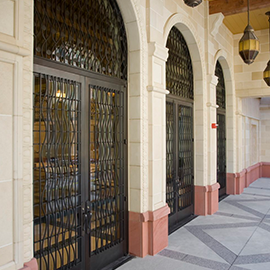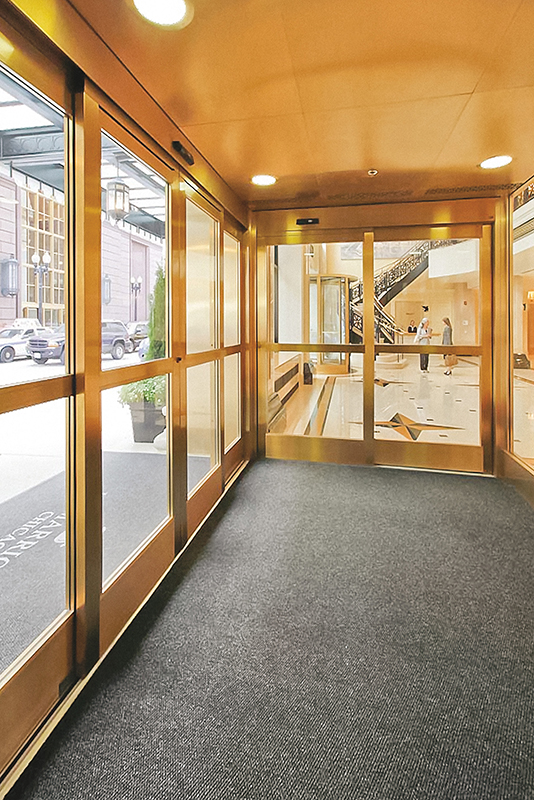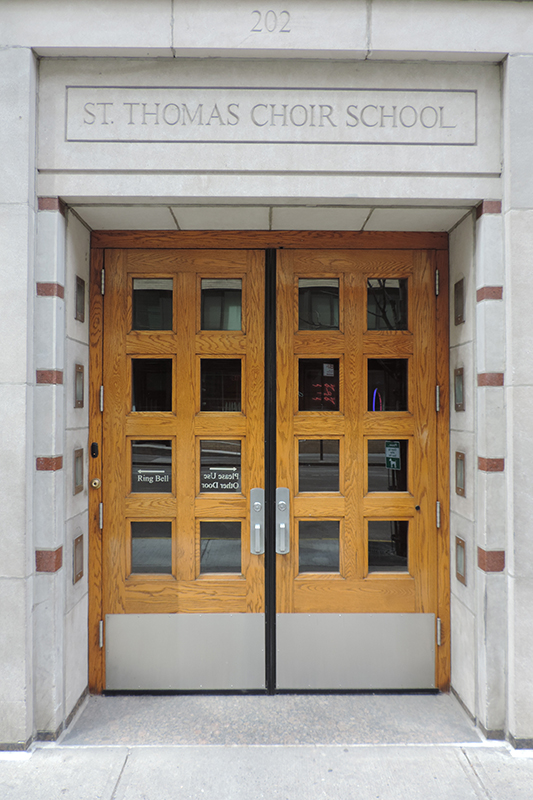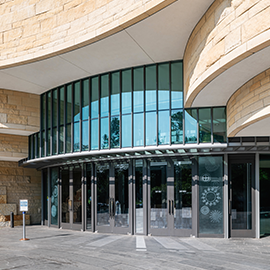Overview of Automated Entrance Innovations
In the ever-evolving landscape of modern architecture and commercial design, automated building entrances are no longer a futuristic concept—they’re a critical component of functionality, aesthetics, and security. Iconic buildings across the globe are embracing automation at their entrances, not just for the wow factor but to deliver operational efficiency, enhanced security, and a seamless user experience. These pioneering structures serve as real-world laboratories of innovation, setting benchmarks for what’s possible and practical in entrance automation.
From corporate headquarters to cultural landmarks, the entrance is the first point of interaction between the building and its visitors. As such, it must balance accessibility, safety, visual appeal, and efficiency. For facility managers, architects, and designers, the integration of automated doors isn’t just about convenience—it’s about rethinking how people move through spaces in a world increasingly shaped by technology, hygiene concerns, and energy standards.
Key Technologies in Building Entrance Automation
Automated entrance systems have come a long way from the basic sliding doors found in retail environments. Today’s technologies offer an integrated approach to building security, accessibility, and environmental control. Here are some of the top technologies currently shaping automated building entrances:
- Motion and Presence Sensors: These enable doors to open when someone approaches, but advanced sensors can differentiate between a person and a stationary object, minimizing false triggers and improving energy efficiency.
- Biometric Access Control: Fingerprint, facial recognition, and retina scans are being deployed at building entrances to allow secure, personalized access, especially in high-security facilities.
- Touchless Entry Systems: A must-have post-COVID, these systems rely on proximity sensors, wave-to-open buttons, or smartphone-based apps to ensure no physical contact is needed.
- Energy-Efficient Doors: Modern automated doors are designed to meet energy compliance standards, with features like thermal breaks, tight sealing, and airlock systems to minimize energy loss.
- Integrated Access Management Systems: These work with a building’s overall access control strategy and include timed lock/unlock cycles, emergency lockdown capabilities, and visitor management integration.
- Revolving and Swing Door Automation: Suitable for high-traffic entrances, these systems manage crowd flow while maintaining air pressure and reducing HVAC costs.
Lessons Learned from Iconic Installations
Emerging Trends in Entrance Automation
The future of automated building entrances is being shaped by both technological advances and changing societal expectations. Here are some trends that architects and facility managers should keep on their radar:
- AI-Driven Traffic Flow Optimization: Artificial intelligence is increasingly used to manage peak-time flows, identifying bottlenecks and adjusting door operation speeds or patterns accordingly.
- Remote Monitoring and Maintenance: IoT-connected door systems enable predictive maintenance and diagnostics, reducing downtime and improving longevity.
- Customized User Profiles: Biometric and mobile-based access control can be linked to personalized user experiences, such as lighting or elevator presets, based on the person entering.
- COVID-19 Hygiene Standards: Demand for non-contact and antimicrobial surface materials continues to grow. Expect to see increased use of gesture-based opening systems and UV-sanitized touchpoints.
- Green Building Certifications: Energy-efficient automated entrances now contribute significantly to LEED and WELL certifications, making them essential for sustainability-focused projects.
Measuring Impact on Building Operations
Automated entrances are not just a “nice-to-have”—they directly affect building performance. Here’s how their impact can be measured:
- Security Improvements: Integrated access systems reduce unauthorized entries. Reporting functions allow for precise logging of entry and exit data, which is crucial for audits or emergencies.
- Operational Efficiency: Lower operational costs result from reduced need for manned entry points, faster throughput, and minimized door-related maintenance.
- Energy Savings: Climate-controlled door systems and revolving doors significantly reduce heating and cooling losses. This is a major win for buildings seeking energy compliance.
- User Experience: The smooth operation of doors, reduced wait times, and enhanced accessibility contribute to higher occupant satisfaction. This is especially important in retail, hospitality, and corporate environments where first impressions matter.
- Compliance and Risk Management: Smart automation solutions make it easier to meet ADA compliance, fire code regulations, and touchless entry standards.
The Role of Door Automation Corporation
At Door Automation Corporation, we specialize in creating automated entrances that are functional, secure, and beautifully integrated with your building’s architecture. Whether you’re working on a renovation project or designing an iconic new structure, our expertise in automated building entrances ensures that your solutions meet today’s highest standards for convenience, hygiene, and energy efficiency.
We offer:
- Automatic and Manual Doors: Including swing, slide, and revolving door options.
- Touchless Access Modifications: Ideal for post-COVID environments where hygiene is a priority.
- Energy-Compliant Door Systems: Designed to support LEED goals and other green certifications.
- Design Consulting Services: Trusted by top architectural firms across New York City, we work with you from the conceptual stage through installation.
Our team of reliable professionals ensures every project benefits from industry-leading products and decades of specialized knowledge. When you’re ready to transform your entrance into a modern, secure, and welcoming space, trust Door Automation Corporation.
Contact us today to learn more about our automated solutions and to schedule a consultation with our expert team. Your building’s transformation starts at the door.







